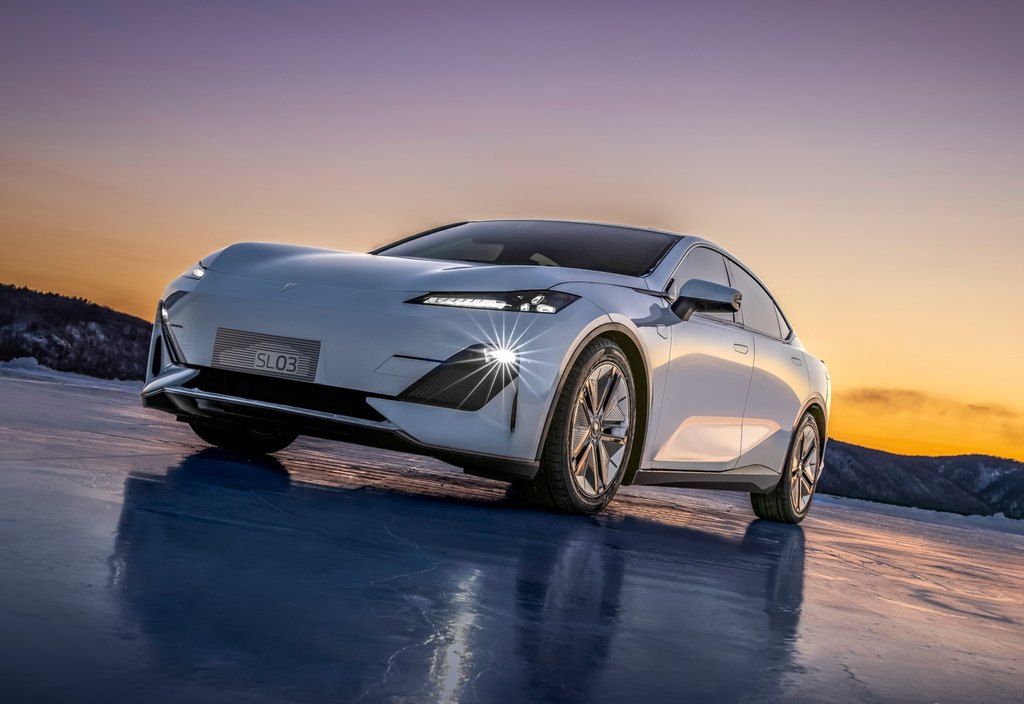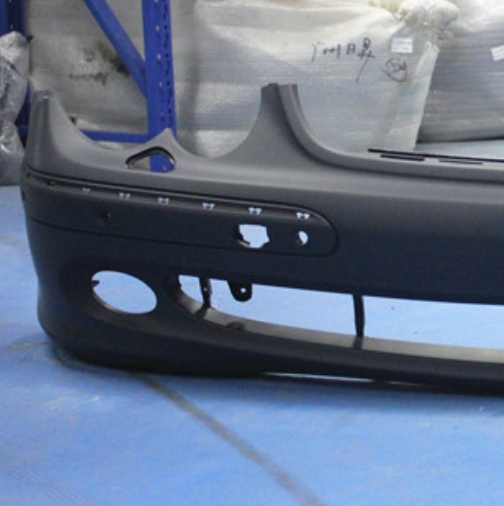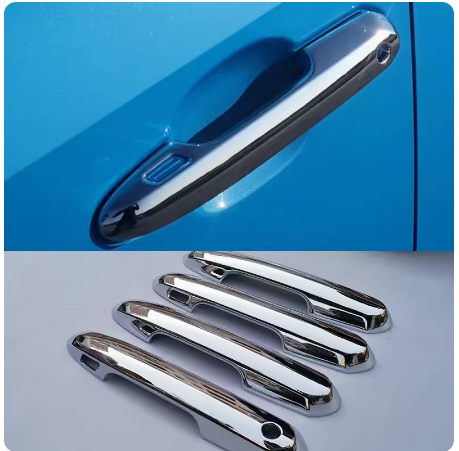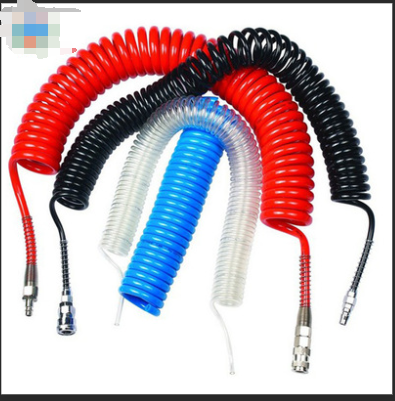VAE (VAE) emulsion , the abbreviation of vinyl acetate- ethylene copolymer emulsion, is a polymer emulsion copolymerized by high-pressure emulsion polymerization using vinyl acetate and ethylene monomer as basic raw materials, adding emulsifiers and initiators .
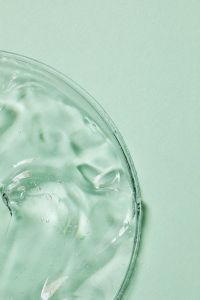
Introduction #
Ethylene and vinyl acetate copolymer is the most important product among ethylene copolymers. It is generally referred to as EVA abroad . However, in China, people divide ethylene and vinyl acetate copolymers into EVA resin , EVA rubber and VAE emulsion based on the different vinyl acetate content. Products with a vinyl acetate content of less than 40% are EVA resins; products with a vinyl acetate content of 40% to 70% are very flexible and elastic. EVA resins with this content range are sometimes called EVA rubber; products with a vinyl acetate content of 70% The range of ~95% is usually in an emulsion state and is called VAE emulsion. VAE emulsion appears milky white or slightly yellow.
Foreign research on ethylene and vinyl acetate copolymers was relatively early. The British Imperial Chemical Company published a patent for high-pressure free radical polymerization of EVA copolymer in 1938, and the American DuPont Company achieved industrialization in 1960. Domestic development of EVA resin began in the 1960s , and trial production was successful in the mid-1970s. In 1988, Beijing Organic Chemical Plant introduced a VAE emulsion device with an annual output of 15,000 tons from the United States for the first time. In 1991, Sichuan Vinylon Factory introduced the same VAE emulsion device from the United States again. Jiangxi Chemical Industry and Chemical Fiber Co., Ltd. has built a production line with an annual output of 1,000 tons, but has not entered into substantial production.
Performance #
VAE lotion provides permanent flexibility. VAE emulsion can be regarded as an internal plasticization product of polyvinyl acetate emulsion . Because it introduces ethylene molecular chains into polyvinyl acetate molecules, it creates discontinuity in the acetyl group , increases the rotational freedom of the polymer chain, and reduces steric hindrance. Small, the polymer main chain becomes soft, and plasticizer migration does not occur, ensuring that the product is permanently soft.
VAE emulsion has good acid and alkali resistance. VAE emulsion can maintain stable performance in the presence of weak acid and weak alkali, so it will not break the emulsion whether mixed with weak acid or weak alkali , and the product has a wide range of applications.
VAE emulsions are resistant to UV aging. Since VAE emulsion uses ethylene as the internal plasticizer of the copolymer, the VAE polymer has internal plasticity and the plasticizer will not migrate, thus avoiding the aging of the polymer properties. Therefore, not only does VAE emulsion have good stability against ultraviolet rays, but this characteristic can also be maintained after VAE emulsion is formed into a film.
VAE emulsion has good miscibility. VAE emulsion can be mixed with most additives, such as dispersants , wetting agents , antifreezes , defoaming agents, preservatives, flame retardants , etc., thus meeting various needs; VAE emulsion can be mixed with many pigments and fillers, Without agglomeration phenomenon; VAE emulsion can be directly mixed with many low-molecular and high-molecular water-soluble polymers, such as polyvinyl alcohol aqueous solution, polyethylene glycol aqueous solution, starch or modified starch gelatinized solution, sodium polyacrylate aqueous solution, Polymaleic acid aqueous solution, polyoxyethylene aqueous solution, urea-formaldehyde , phenolic aqueous solution, hydroxyethyl cellulose , carboxymethyl cellulose , methyl cellulose aqueous solution, etc.; VAE emulsion can be directly mixed with many other polymer polymer emulsions, such as poly Vinyl acetate emulsion, polyacrylate emulsion ; VAE emulsion can be directly mixed with aldehydes, esters, ketones, organic acids , polyols , higher alcohols , halogenated hydrocarbons , aromatic hydrocarbons , etc., such as formaldehyde, glyoxal , diphthalate butyl ester,Dioctyl phthalate, acetic acid , carbon tetrachloride, chloroform, benzene, toluene , xylene , octanol , ethylene glycol , glycerol , ethyl acetate , butyl acetate, etc.
VAE emulsion has good film forming properties. Emulsion adhesives can only form a transparent film at a certain temperature, which is called the minimum film-forming temperature. The minimum film-forming temperature of VAE is generally lower than 5°C, so it can form a good film, and the film has good barrier properties against water droplets.
VAE emulsion has good adhesion. It has a good bonding effect on fiber, wood, paper, plastic film, aluminum foil, cement, ceramics and other products.
According to the waterproofing properties of VAE emulsion polymers, they can be divided into two categories: general purpose and waterproof. VAE polymers of general-purpose product grades have good rigidity and high initial bonding strength, but poor water resistance; VAE polymers of waterproof product grades have good flexibility and good water resistance, but low bonding strength. According to VAE application performance, copolymer composition and copolymerized third monomer type, VAE emulsion can be divided into two categories: sticky products and textile products. Sticky type VAE is mostly used as a general adhesive, while textile type adhesive is mostly used as an adhesive for textile fibers, but there is no absolute boundary between the two.
use #
VAE emulsions are widely used as base materials for adhesives. VAE emulsion has good mechanical properties, the average particle size of the emulsion particles is small, there is a good balance between creep resistance and heat sealability , good wet viscosity and fast curing speed . VAE emulsion has a wide range of bonding properties. In addition to bonding materials such as wood, leather, fabric, paper, cement, concrete, aluminum foil, galvanized steel panels , etc., VAE emulsion can also be used as pressure-sensitive adhesive and heat sealant. It can also be used for some difficult-to-adhere materials. The materials to be connected, such as polyethylene, polypropylene, polyvinyl chloride, polyester and other films, have unique adhesive properties.
VAE emulsions can be used as base materials for coatings. Paints made with polyvinyl acetate emulsion, acrylic emulsion , VAE emulsion, styrene-butadiene emulsion, propylbenzene emulsion, acetobenzene emulsion, etc. as base materials are collectively called latex paint . VAE latex paint can be used as interior and exterior wall coatings, roof waterproof coatings , fire retardant coatings , and anti-rust coatings. VAE latex paint film has good blistering resistance, aging resistance and not easy to crack. It has good adhesion with a variety of substrates. It is safe, non-toxic and easy to use. VAE latex paint can not only be coated on wood, masonry and concrete, but also on metal, glass, paper, and fabric surfaces. It also has a good affinity with paint and can be painted on each other’s surfaces.
VAE emulsions can be used in paper processing. With the development of synthetic polymer technology, many polymer substances play a great role in paper processing. In particular, some synthetic polymer emulsions are more superior in paper processing, and VAE emulsion is one of them. VAE emulsion is mainly used for paper impregnation, paper coating and pulp addition in paper processing . It is characterized by being able to polish a variety of papers, increase the dry and wet strength, toughness and gloss of paper , improve color stability and reduce ink printing. consumption and improve paper quality. As a pulp additive, various types of non-asbestos gaskets can be made. VAE emulsion can also be used in special paper processing, such as using dry puffed paper to make disposable napkins, face towels, diapers, sanitary napkins, etc.
VAE emulsion can be used as a modifier for cement, which is one of the most widely used materials in construction projects. However, simple cement products have shortcomings such as easy cracking and poor water resistance, impact resistance, and acid resistance, which to a certain extent affects the practical effect of cement. Since the 1920s, people have been committed to research on cement modification. As research continues to deepen, people have found that many synthetic latexes have better effects in cement modification, such as polyvinyl acetate emulsion, acrylic emulsion , styrene-butadiene and toluene emulsion, VAE emulsion, etc. Among them, VAE emulsion has good water resistance , acid and alkali resistance, and weather resistance, and is cheaper than similar products. Therefore, it is being widely used in civil engineering projects as a new material.
With the improvement of people’s living standards and the enhancement of environmental protection awareness, VAE emulsion is gaining more and more attention in the market. Although two sets of imported production equipment in China have undergone technical transformation during the production process, the actual output has been greatly increased. The current total annual domestic VAE emulsion output is between 45,000 and 50,000 tons, but there is still a large gap compared with actual demand. , can only be supplemented by imports. Therefore, VAE emulsion has a good market prospect.

